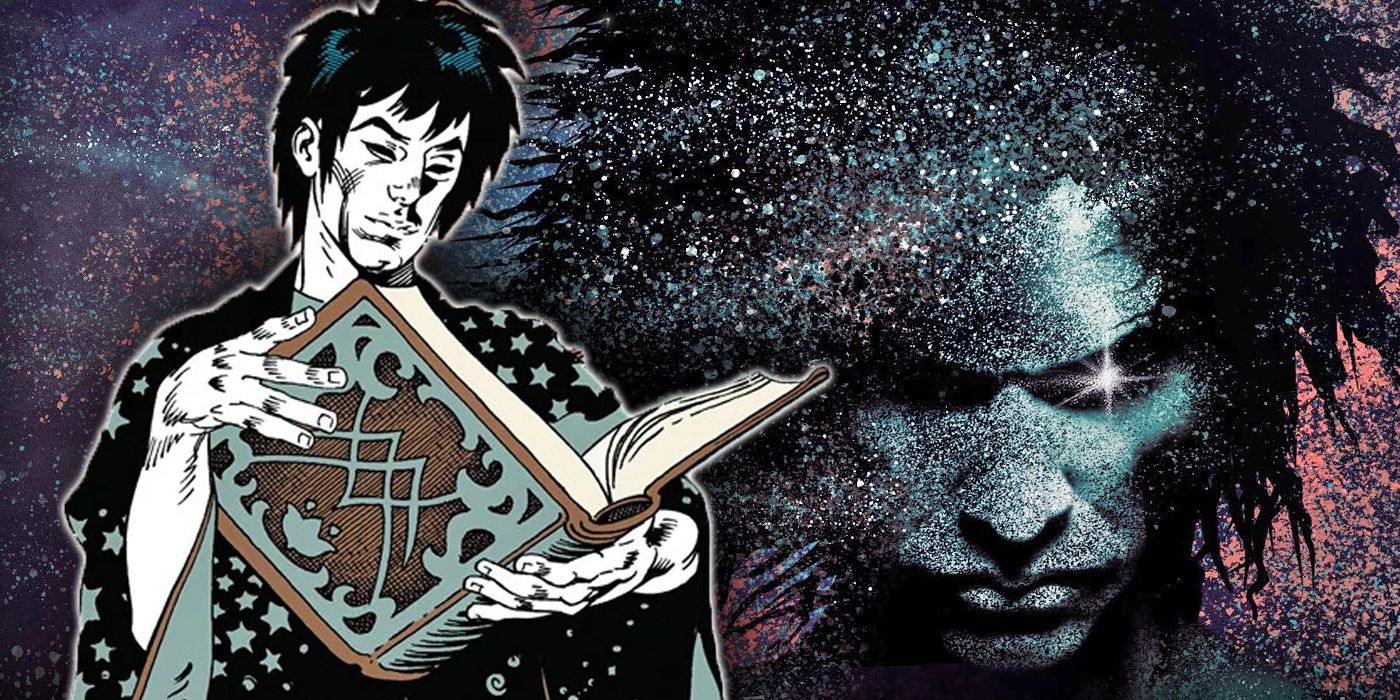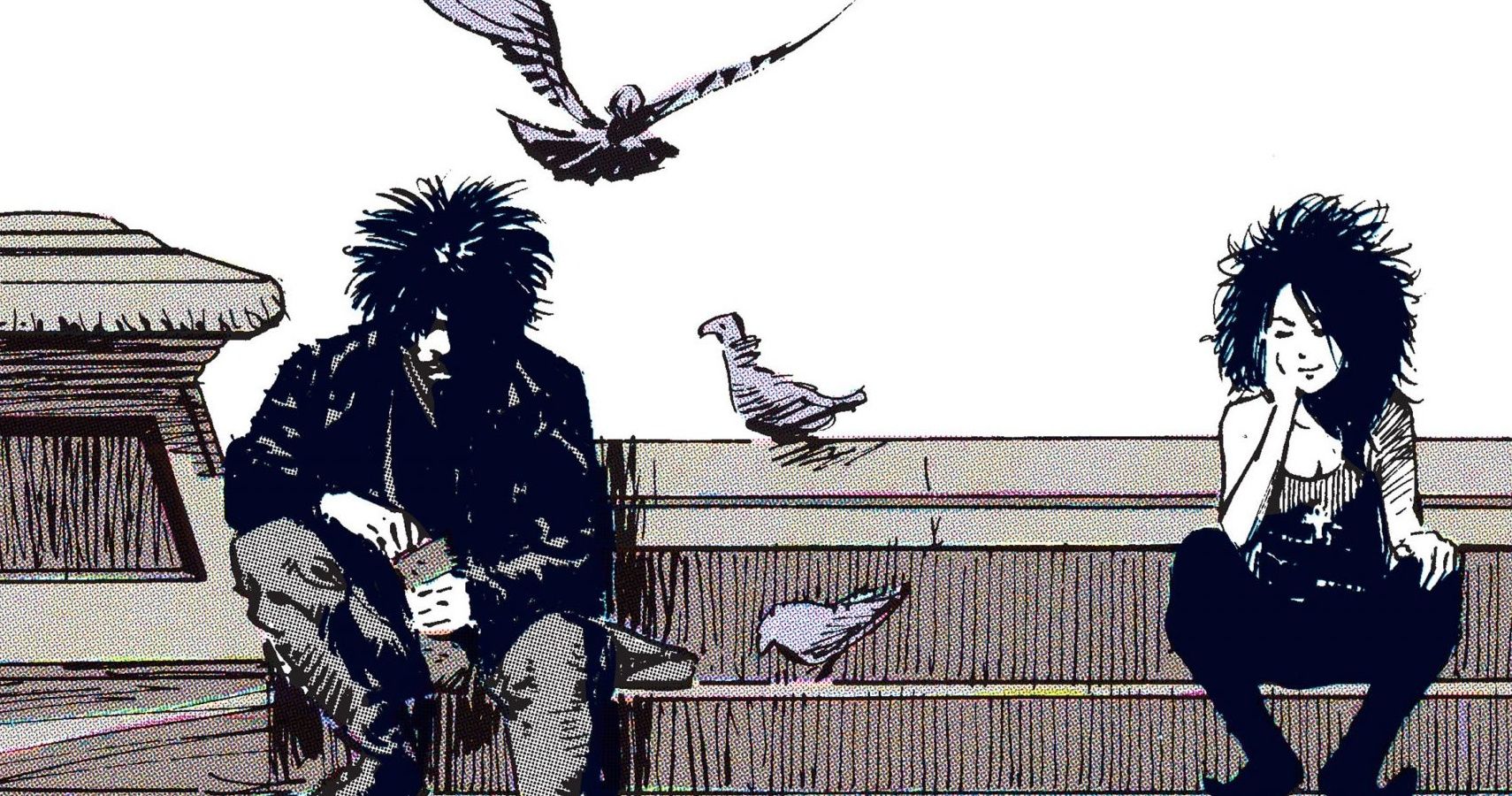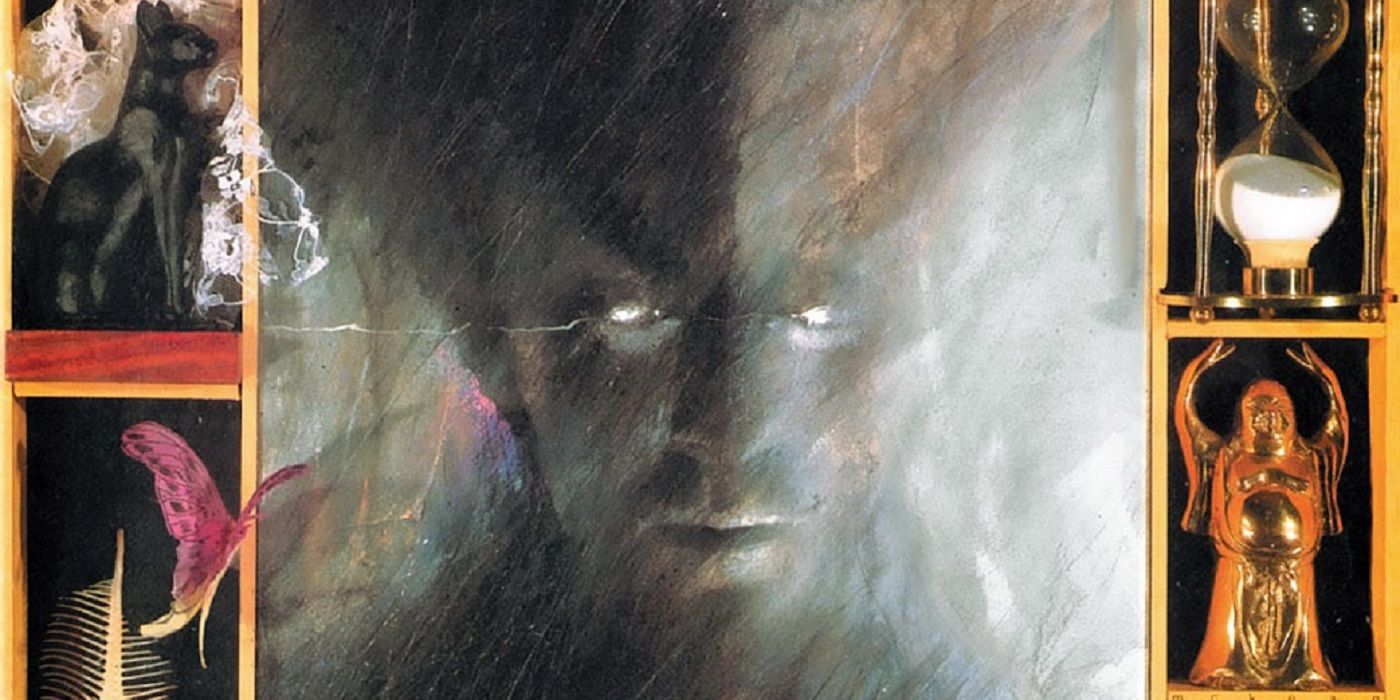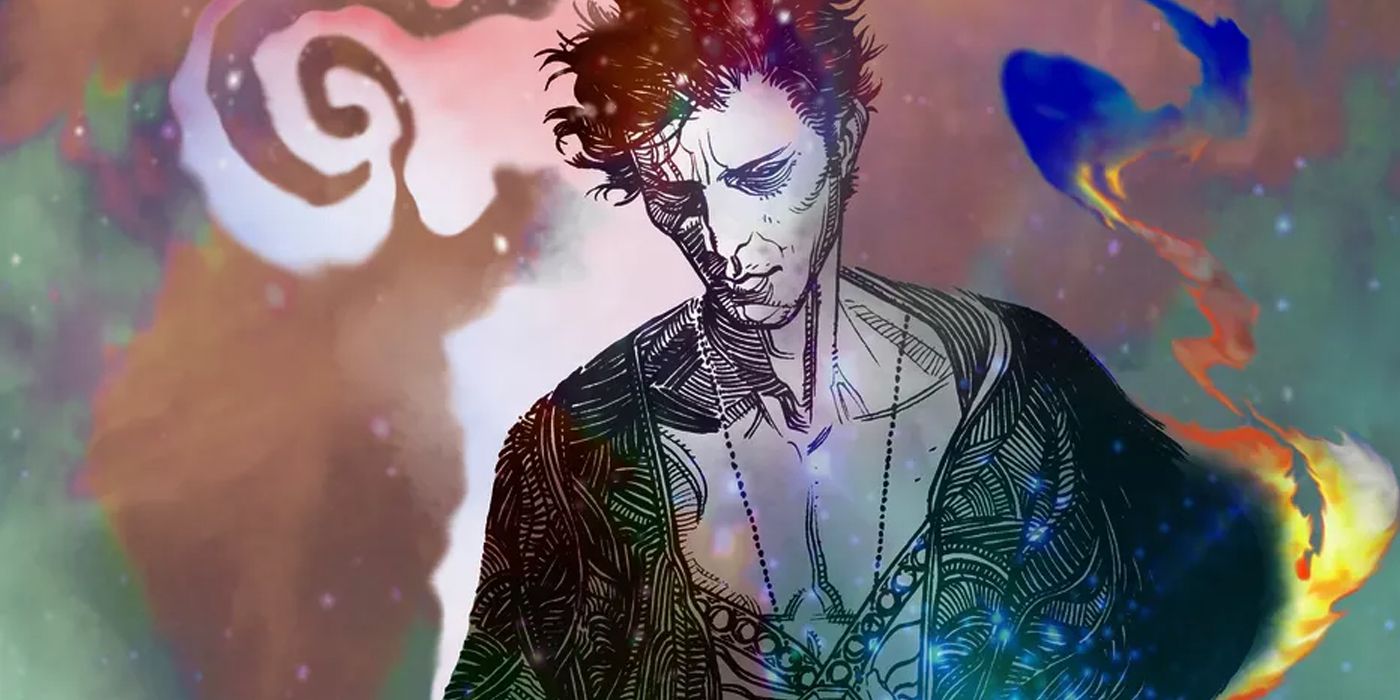With production well underway on Netflix's upcoming adaptation of The Sandman, now is the perfect time for old fans and new readers alike to revisit the seminal Vertigo Comics title. And with a core series spanning 76 issues, multiple spinoffs and prequels and its own family of titles under the publishing banner The Sandman Universe, helmed by co-creator Neil Gaiman, there is no shortage of comic book stories starring the fan-favorite fantasy characters delving in dreams and nightmares.
Here's a beginner's guide to approaching Gaiman's sprawling epic to best follow the adventures of the Lord of Dreams and his extensive supporting cast.
Where to Start The Sandman
Created by Gaiman, Sam Kieth and Mike Dringenberg in 1989, with The Sandman #1, the opening of the series was always meant as a clear jumping-on point. While Morpheus, the Lord of Dreams and member of the immortal Endless shares a namesake with an older 1940s hero called Sandman, this iteration of the Sandman is very much his own, standalone character rather than a costumed superhero.
The debut eight-issue story, depicting a weakened Morpheus trapped by an occult ceremony for decades before escaping to reclaim his domain is collected in the graphic novel collection The Sandman: Preludes & Nocturnes, the first volume of The Sandman Absolute Edition and serves as the first act for the debut season of Audible's acclaimed audio drama adaptation of the comic book series.
What to Read After The Sandman: Preludes & Nocturnes
With the original series collected in a grand total of ten trade paperback volumes or five Absolute Editions, the path to reading Gaiman's core story is quite clear and straightforward. However, owing to The Sandman's enduring popularity, the story certainly didn't stop with its tenth volume in 1996.
For more of the series' core cast, Gaiman returned for the 2003 graphic novel The Sandman: Endless Nights, exploring the nature of each of the Endless, including Dream; this would later be rebranded as the series' eleventh volume. Gaiman would also team with the artist Yoshitaka Amano for the 1999's illustrated novella The Sandman: The Dream Hunters which featured a side-story to his core narrative drawing heavily from Japanese folklore; owing to its side-story nature, the title is relatively accessible without having read the core Sandman series in its entirety beforehand.
Where Not to Start
There are several titles that may seem a bit inviting as clean jumping on points but really benefit from having read the main series first. The most noticeable of these is the 2013 prequel miniseries The Sandman: Overture, with Gaiman working with artist J.H. Williams III. While a good read and an important part to the overall mythos, with the prequel leading right up to start of the main series, its exploration into the story's world and supporting cast really requires readers to have read the original story first. Similarly, much of The Sandman Universe, the line of titles curated by Gaiman and launched in 2018, requires at a cursory knowledge fo the story and characters to properly enjoy many of the line's various series.
The various spinoffs starring Dream's sister Death are a little more nebulous regarding one's familiarity to The Sandman, with 1993's Death: The High Cost of Living -- with Gaiman joined by Chris Bachalo and Mark Buckingham -- relatively accessible while its 1996 follow-up Death: The Time of Your Life draws more from The Sandman requiring more preexisting background knowledge from its readers. While Mike Carey's run on Lucifer follows the Prince of Darkness after his adventures in main Sandman series, the premise is approachable enough to enjoy the subsequent story without it.




